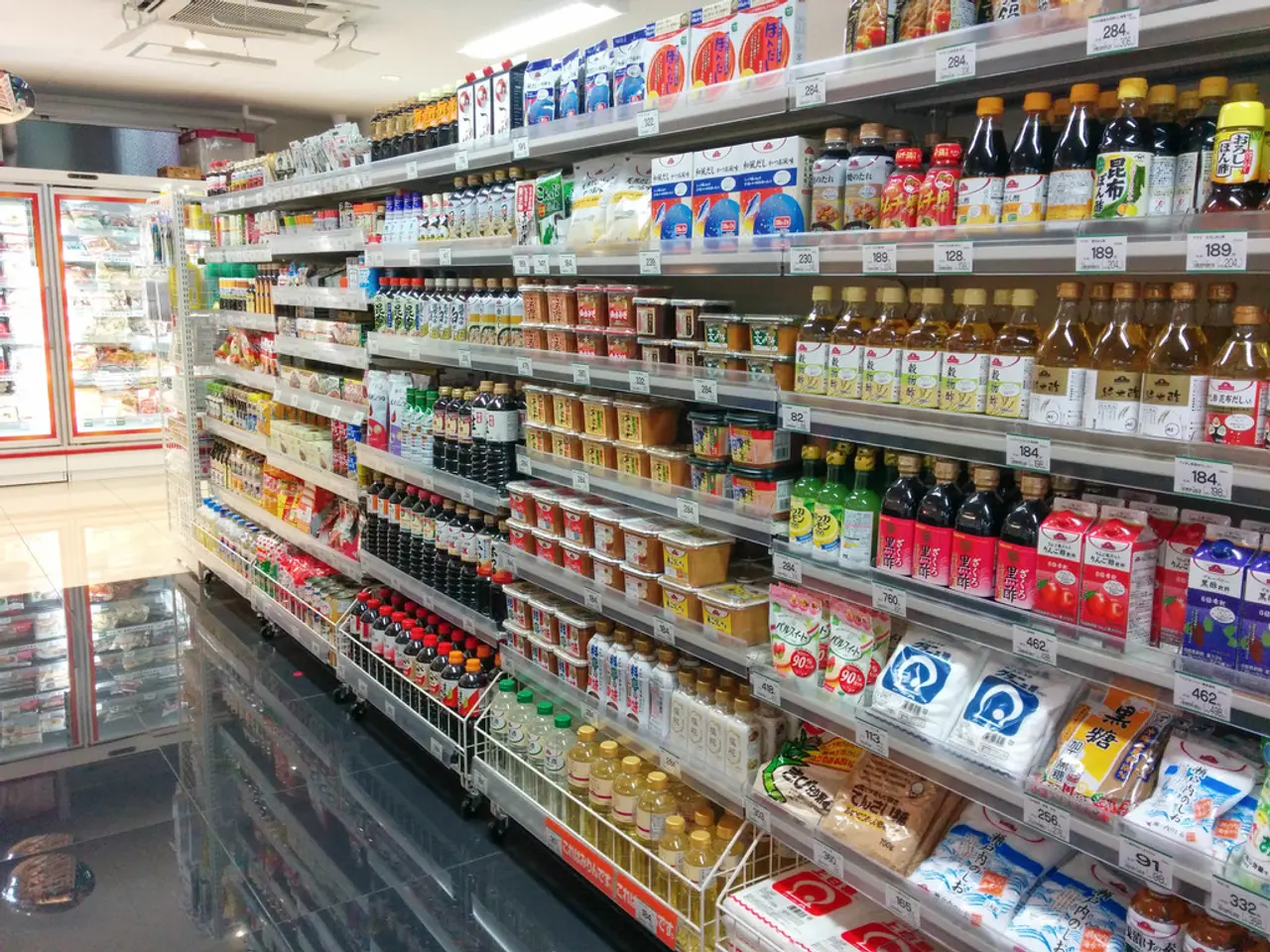Significant drop recorded in initial asylum applications
In recent developments, Germany has seen a significant decrease in asylum applications, a trend that began around 2018. This decline, according to Interior Minister Alexander Dobrindt, is primarily attributed to his efforts and the strengthened border controls.
The controls at the German border crossings, currently scheduled to end on September 15, 2022, have been instrumental in managing irregular crossings. If Dobrindt wishes to extend these border controls past September, he will need to inform the EU Commission.
Data provided by the Federal Police reveals that from January to July 2022, 9,506 people were rejected at all German land borders due to these strengthened controls.
In July 2022, 8,293 initial asylum applications were submitted, marking a 45% decrease compared to July 2021 when 18,503 applications were registered. This trend is consistent with the overall picture for the first seven months of 2022, where the number of initial asylum applications decreased by 50% compared to the same period in 2021, with 70,011 applications registered.
Dobrindt discussed this decrease in an interview with the magazine "Focus". It is important to note that the Federal Office for Migration and Refugees (Bamf) will provide further information on the topic next week.
World Refugee Day serves as a reminder of the rights of refugees and the importance of maintaining a balanced approach between humanitarian protection and migration control. The decrease in asylum applications in Germany, while a significant development, must be considered in this context.
The decrease in asylum applications can be attributed to several factors, including strengthened border controls and police cooperation, a shift in routes and reduced arrivals, and policy changes and asylum procedures reforms. These factors have had implications for asylum policy and integration efforts, with plans focusing on further improving processing capacity, border management, and cooperation with other countries.
However, this decline also reflects tighter access policies and potential risks of pushbacks and border control controversies, particularly involving neighbouring countries like Hungary and Austria. The profile of applicants has shifted, with Syrians, Afghans, and Turks remaining the main groups but fewer in number over time.
Looking ahead, the German government continues to enhance asylum processing and border management capacities to respond to fluctuating migration flows. Cooperation with EU partners addresses irregular migration, while refugee protection is balanced with stricter controls. Migration policy remains adaptive given ongoing geopolitical developments affecting origin countries.
Asylum applications in Germany peaked in 2016 and have steadily declined, with a significant drop projected for 2024 to around 250,945 applications, down from higher figures in previous years. In 2025, applications are further expected to decrease by around 47% compared to the previous year.
EU members are no longer allowed to arbitrarily deport asylum seekers, and the EU Court of Justice has set limits for accelerated asylum procedures. These developments underscore the need for careful consideration and balanced approaches in asylum policies to uphold the rights of refugees while managing migration effectively.
- In light of the decrease in asylum applications in Germany, the current border controls, which are set to end on September 15, 2022, could potentially be extended by Interior Minister Alexander Dobrindt, requiring him to inform the EU Commission.
- The decline in asylum applications in Germany involves a combination of factors, including policy changes and asylum procedures reforms, strengthened border controls, a shift in routes, and reduced arrivals – these elements have shaped the evolution of the country's asylum policy and integration efforts, with a focus on improving processing capacity, border management, and cooperation with other nations.








